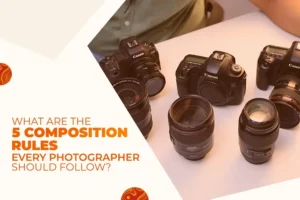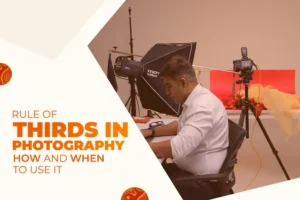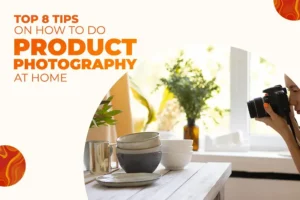Food Photography Props To Make Your Photography Look Tasty
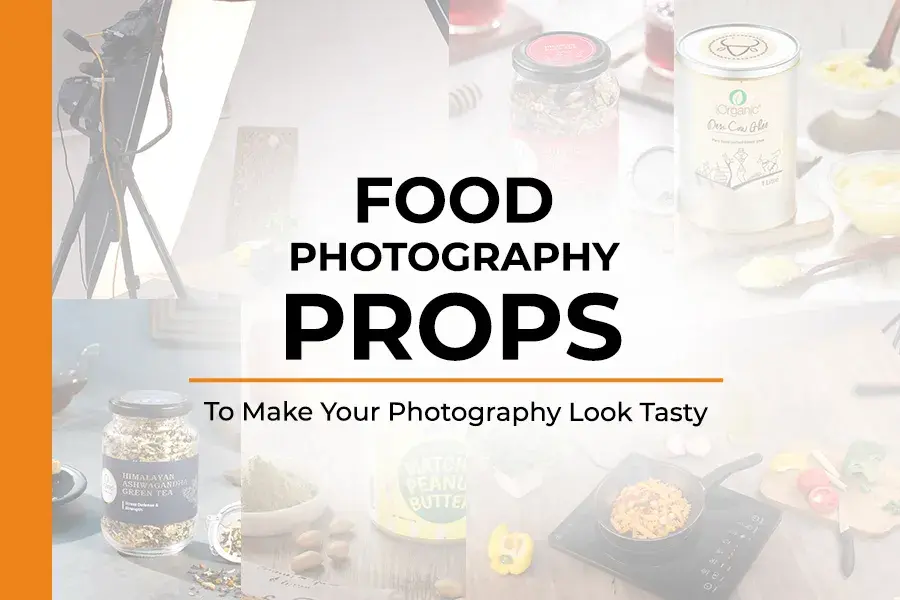
Food photography is an art that goes beyond the flavours and textures of the dish itself; it’s more about making the food tasty for the eyes. One important aspect that can majorly improve the attraction of your food photos is the use of props.
These carefully chosen items can add depth, context, and personality to your images, transforming a simple meal into a stunning composition. In this guide, we’ll explore the world of food photography props, uncovering essential items that can elevate your culinary creations and help you capture Instagram-worthy shots.
Why Do You Need Food Photography Props?
Before diving into the specific props, it’s essential to understand the role they play in food photography. Props serve as complementary elements that enhance the overall aesthetic of your images. They provide context, tell a story, and add a touch of personality to your food photos. Whether you’re aiming for a rustic, minimalist, or vibrant style, choosing the right props can help you achieve the desired look.
Food Photography Props That We Love (With Examples And Tips)
1. Plates And Utensils

To make a yummy food photo, it’s important to pick the right plates and utensils. This helps to show off the food and make it look nice. If you use simple-coloured plates, it makes the food stand out. But if you want a more countryside feel, you can try plates with textures. And don’t forget about the extra utensils – using ones that match can make everything look fancy and fit together well.
Examples:
Classic white ceramic plates for a clean and minimalist look.
Rustic wooden plates for a warm and earthy vibe.
Matte black or slate plates for a modern and sophisticated feel.
Tips:
Choose plates that contrast with the color of your food to make it pop.
Experiment with different utensils like vintage silverware, wooden chopsticks, or colourful plastic utensils for a playful touch.
2. Linens And Textiles

Think about using soft cloth napkins, tablecloths, or fabrics with interesting textures. These can make your photos feel warm and have more depth. These textiles are good at creating a nice background and can also help make the lighting in your photos not too harsh. This way, your pictures will look softer and more inviting to people who see them.
Examples:
Linen napkins in neutral tones for a timeless and elegant feel.
Vibrant and patterned tablecloths for a festive or themed look.
Tips:
Use textured fabrics to add depth without distracting from the main dish.
Choose linens that complement the overall colour palette of your food.
3. Backgrounds
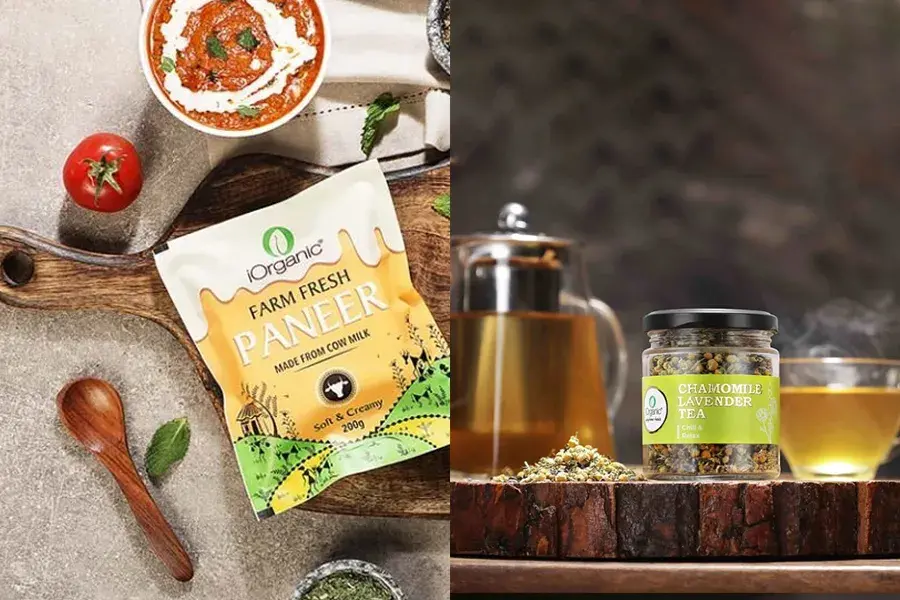
Picking the best background is super important for your food pictures. Try out different surfaces like wood, marble, or textured wallpapers to find the perfect backdrop for your dishes. Remember, a good background can make your food’s colors and textures look even better, making the whole picture more attractive. So, take some time to choose a background that fits the mood you want for your yummy photos!
Examples:
Reclaimed wood boards for a rustic and farmhouse style.
Marble or granite slabs for a luxurious and modern touch.
Patterned wallpapers or tiles for a visually interesting backdrop.
Tips:
Consider the mood you want to convey – a light and airy background for freshness, or a dark and moody background for a dramatic effect.
Experiment with different backgrounds to find what works best for each type of dish.
4. Props For Specific Cuisines

Make sure the things you use in your photos match the kind of food you’re taking pictures of. For instance, if it’s Asian food, you can use chopsticks, little dishes for soy sauce, and bamboo mats. Or if it’s South Indian food, use traditional serveware such as banana leaves, brass or stainless steel plates, and bowls. This way, your props tell the story of the cuisine you’re showcasing, making everything look more authentic and interesting.
Examples:
Sushi rolling mats, chopsticks, and soy sauce dishes for Asian cuisine.
Colourful tagines and patterned bowls for Mediterranean dishes.
Traditional pottery and woven baskets for Mexican cuisine.
Tips:
Research traditional elements of the cuisine you’re photographing to ensure authenticity.
Incorporate cultural elements subtly to enhance the story without overpowering the image.
5. Fresh Ingredients

At times, the ingredients you use can be the coolest props. Fresh herbs, bright fruits, and colorful spices bring a burst of freshness and natural beauty to your photos. Smartly use these things to show off important ingredients and highlight how fresh your dishes are.
Examples:
Sprigs of fresh herbs like rosemary or cilantro.
Vibrant fruits such as berries, citrus slices, or pomegranate seeds.
Colourful spices like turmeric, paprika, or saffron.
Tips:
Place fresh ingredients strategically to highlight key components of the dish.
Use fresh produce to add pops of colour and a sense of liveliness to your photos.
Want to learn more about food photography, we believe you will love our course on Food Photography with practical tips, you can learn here: Food Photography

Download The Beginners Handbook For Product Photography
This handbook is your go-to guide for unleashing your creative potential. Don’t miss out – grab your FREE copy now!
DIY Props And Budget-friendly Good Photography Props
Creating a stunning food photography setup doesn’t necessarily require an extensive budget. Explore DIY options and budget-friendly alternatives to improve your collection of props.
1. Repurposed Wood And Crates
Visit your local market or store to find old wooden crates or pallets. These can be transformed into surfaces that add texture and character to your photos. Sand and paint the wood to match your desired aesthetic. You can experiment with different stains or paints to achieve a distressed or polished look.
2. DIY Backgrounds

Create your own photo backgrounds by using materials like plywood or MDF board. Apply paint, stain, or even textured wallpaper to achieve different looks. Experiment with various colours and textures to match the vibe of your dishes. A simple change in the background can dramatically change the overall feel of your food photos.
3. Parchment Paper Diffusers
Harsh lighting can cast unflattering shadows on your food. A simple and cost-effective solution is to use parchment paper as a diffuser. Hang a sheet of parchment paper between your light source and the food to soften the light and reduce harsh shadows. This creates a more natural and pleasing lighting for your photos.
Learn more in-depth about the use of cutters, diffusers and reflectors: How To Use Reflector And Diffuser In Indoor Photography
4. DIY Food Styling Tools
Craft your own food styling tools to shape and arrange your dishes. For example, use toothpicks, cotton swabs, or small brushes to adjust the placement of individual food items, ensuring they are perfectly arranged for the camera.
5. Natural Elements
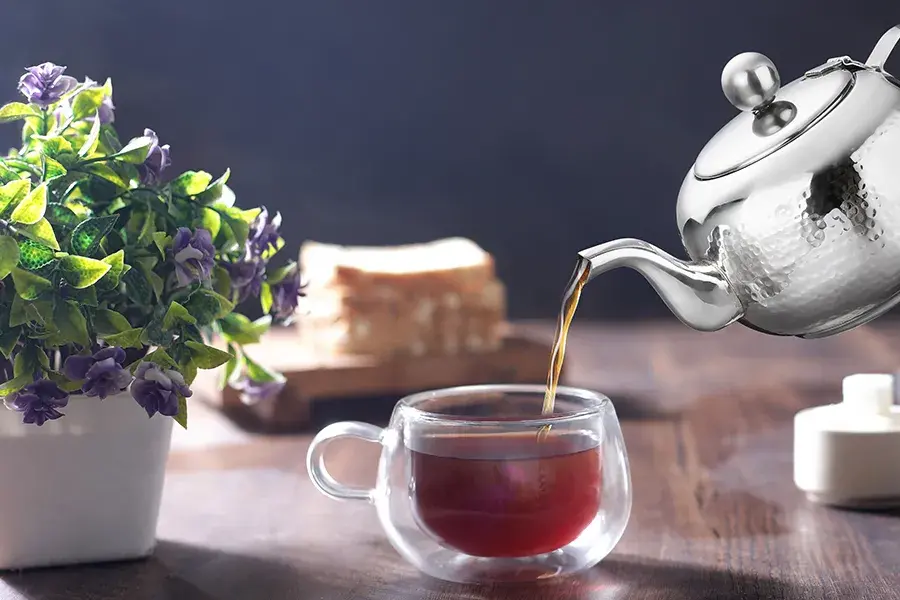
Incorporate elements from nature into your compositions. Collect leaves, small branches, or flowers to add a touch of the outdoors to your food photos. Experiment with seasonal elements to enhance the theme of your dishes. For instance, pinecones can add a cosy winter feel, while vibrant blooms can evoke a fresh spring atmosphere.
Tips For Using Props Effectively
1. Keep it Simple
Props are important, but keep your pictures simple and focused. Let the food be the most important thing in the picture. Pick a few props carefully to keep the picture looking neat and clean.
Tips:
Avoid overcrowding the frame; let the food be the star of the show.
Focus on a few carefully chosen props to maintain a clean and uncluttered composition.
2. Consider Color Palette
Make sure the colours of your props go well with the food. When the colours match, it makes the picture look nice and put together. Match the colours of your props with the main colours in the food.
Tips:
Coordinate the colours of your props with the dominant colours in the food.
Use contrasting colours for plates and utensils to create visual interest
3. Experiment With Angles
Don’t be scared to try taking pictures from different views. Changing how you look at things can make the food and props look cool and new. Take pictures from above, at eye level, or from a different angle.
Tips:
Try shooting from different angles – overhead, at eye level, or from a 45-degree angle.
Changing perspectives can bring a fresh and dynamic look to your photos.
Conclusion
In the world of food photography, props are the secret ingredients that can turn a good photo into a spectacular one. By carefully selecting and thoughtfully arranging these elements, you can upgrade your pictures and make them more mouth-watering for your audience.
Experiment with various props, keeping in mind the style and mood you want to convey in your photos. With a bit of creativity and attention to detail, you’ll be well on your way to creating stunning food photography that not only showcases your dishes but tells a compelling visual story.


